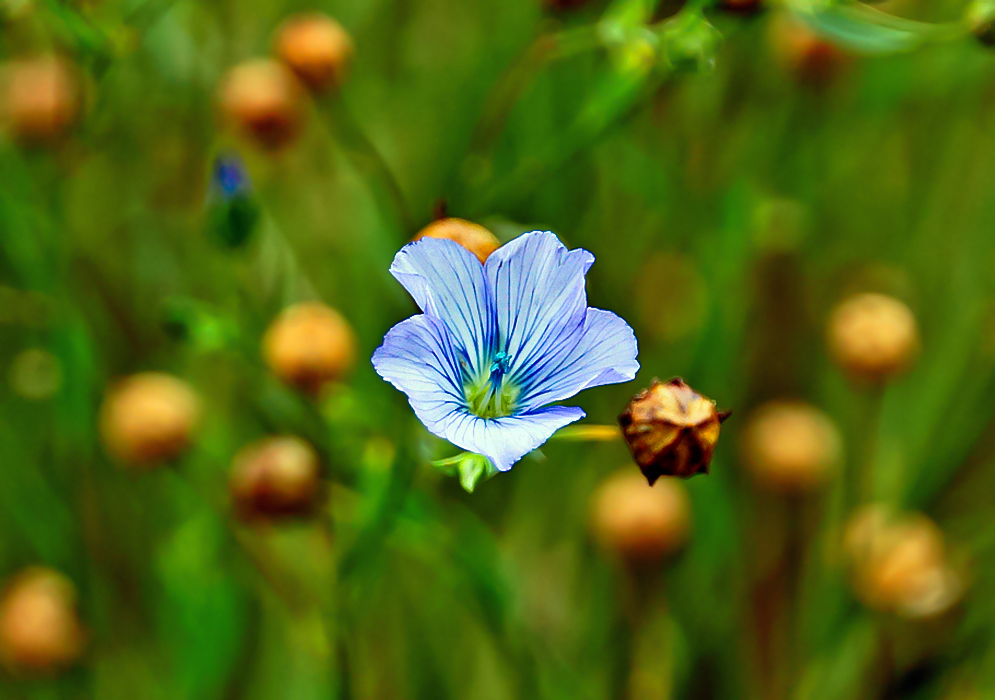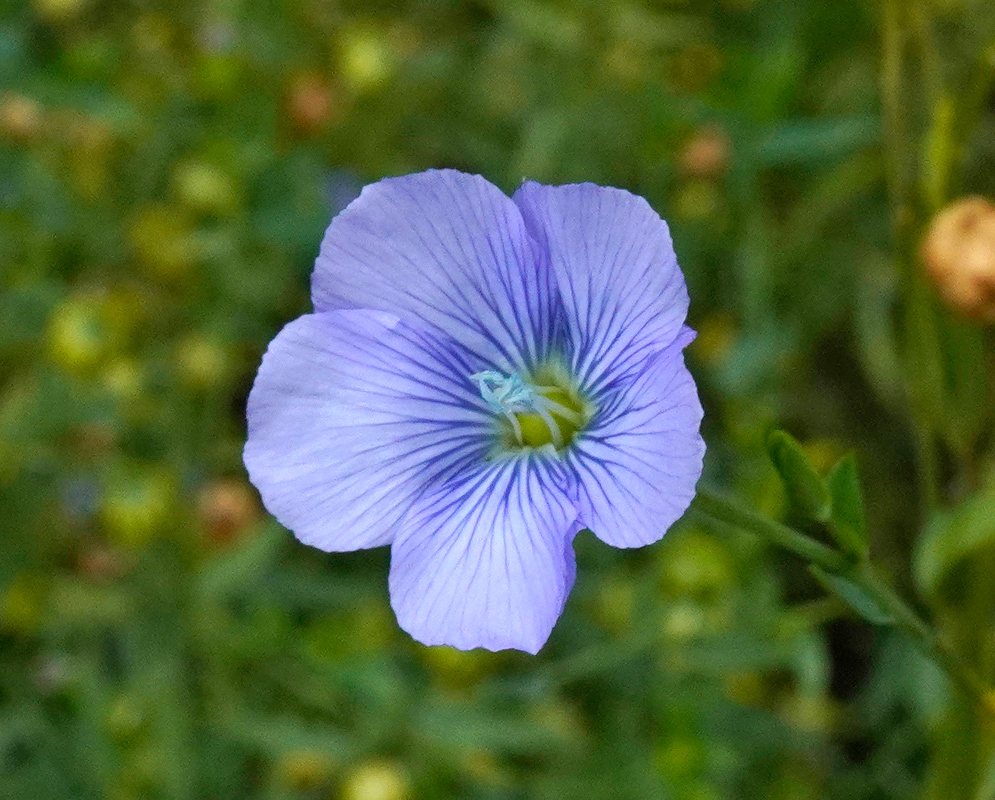This post has 11 Simple Fields-fields attached. Show fields.

Originating in Europe, the Flax has a history of cultivation dating back to more than 6000 BC, making it one of the oldest crops known to humanity. it has spread globally, especially in temperate climates. The plant has two main ecotypes: one grown for its seeds and the other for its fiber. When cultivated for fiber, flax plants average a height of 3 to 4 feet with slender stalks, while those cultivated for seeds are shorter and more branched. The fibers, known for their fine quality, are used to produce linen fabrics. Its seeds, on the other hand, are a vital source of linseed oil, which is not only used in cooking but also in industrial applications. In recent years, there's been a surge in flaxseed consumption due to their nutritional and health benefits. Flaxseeds are a rich source of essential omega-3 fatty acids, particularly alpha-linolenic acid (ALA), and dietary fibers. They also contain an array of vitamins and minerals, including significant amounts of magnesium. On the medical front, the seeds have been recognized for their potential health-promoting properties. They possess antioxidant, anti-inflammatory, and immunomodulatory effects. Flax has been utilized as a phytoremediation tool for remediating soils contaminated with heavy metals. The enduring utility and adaptability of flax, from ancient civilizations to modern agriculture and industry, mark it as a remarkable species in the plant kingdom. Photographed in Bogotá, Colombia.



